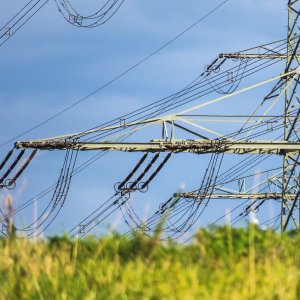
Escaping Limitations, Facing Uncertainties
Laws, regulations and government agencies are not usually associated with speed. But 2016 was the year the Mexican energy sector achieved escape velocity from over 70 years of a state monopoly in electricity. The segment landed in a newly liberalized and dynamic market where options have multiplied for power generators and users, and where the forces of supply and demand are expected to lead the development of a new economic paradigm for the industrial economy in Mexico.
The new rules originating from 2013’s Energy Reform survived a trial by fire with the first two long-term electricity tenders held by CENACE and showed that Mexico is motivated to quickly develop the field of renewable energy generation.
“The past 12 months have been the most dynamic in the power sector this decade. Driven by the Energy Reform and resulting regulations, the market has changed,” says Eduardo Reyes, Partner Power & Utilities at Strategy&, PwC. That sounds like an understatement, as many new market roles where created, such as the qualified supplier expected to take on an increasingly important role as the spot market gathers steam. The bases also were set for further developments such as the handing over of the auctions from the market control entity CENACE to the CRE regulator, which is expected to happen in 2017.
But concerns remain. The testing phase is not nearly over and there are many in the market still worried about how dominant a role the now-separated CFE’s units will continue to play in the market. They are also awaiting the rules for the mandatory Social Impact Assessments (SIAs) that have the power to make or break a billion-dollar investment and are looking to see how the market will play in the long run.
“The danger of participating in these schemes today is related to a lack of information rather than actual market risk. These markets are in place in several parts of the world and they are very efficient. In Mexico, since it is something new, there is still a lack of information, which generates uncertainty regarding the process,” says Rubén Cruz, Energy & Natural Resources/Industries Lead Partner at KPMG.
Even as no one disputes the importance of SIAs and of providing benefits to communities potentially affected by energy projects, that regulation in particular casts a long shadow over both developers, lawyers and consultants as Mexico’s byzantine land-ownership legal framework makes taking control of the land needed for typically expansive solar parks and wind farms, not to mention gas pipelines, something close to a nightmare, according to several market players.
The ejido regime where communities control state-owned land is a particular source of commentary. And the short, 90-day time frame allotted to this particular process has also been mentioned as a possible stumbling block to a project’s completion. Those rules were still under a consultation process in Mexico by 2016’s end. “The level of uncertainty surrounding land acquisition processes is definitely a top concern in the industry as having right of way or land rights secured is crucial in the project financing stages, particularly in Mexico where several land regimes exist and it is a complex task,” José Prado, Partner at legal firm Holland & Knight, says.
Additionally, announcements made by US President Donald Trump about the renegotiation of trade deals with Mexico and future US investments in Aztec lands could also cause hesitation about pouring heavy investments into the energy sector because the country’s dependence on exports to its northern neighbor could bring about an economic downturn. “If the new US government renegotiates NAFTA, it could push Mexico into a recession,” says Nicolas Melissas, Director General of Athena Consulting.
Financing is also a nagging worry as companies say banks are still unsure about the risk of lending money to longterm projects such as utilities. The new PPAs signed with CFE in 2016’s auctions last 15 years, much shorter than the life expectancy of most projects, which causes uncertainty regarding payment for the remainder of the project’s life. But with over US$6 billion in projects to finance just from the auctions and development banks and international lenders like the IADB supporting Mexico’s energy development, most players remain confident that Mexico’s banking system and capital markets will soon follow suit.
















